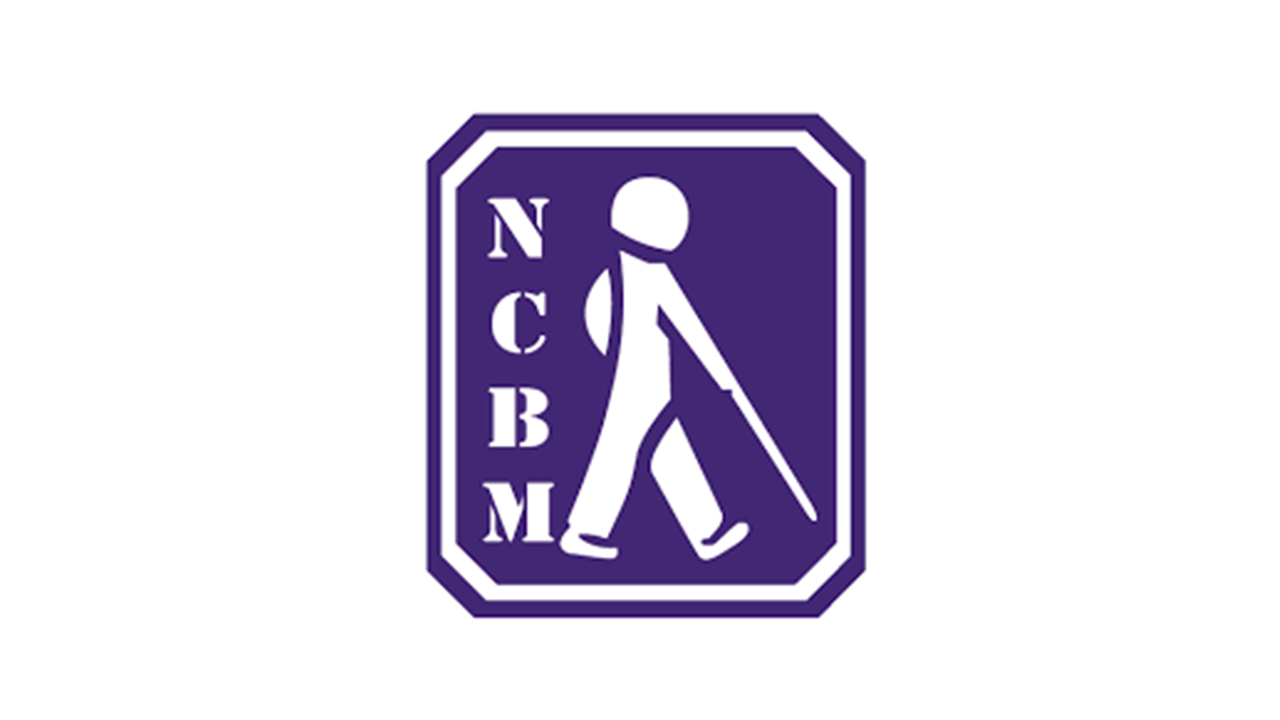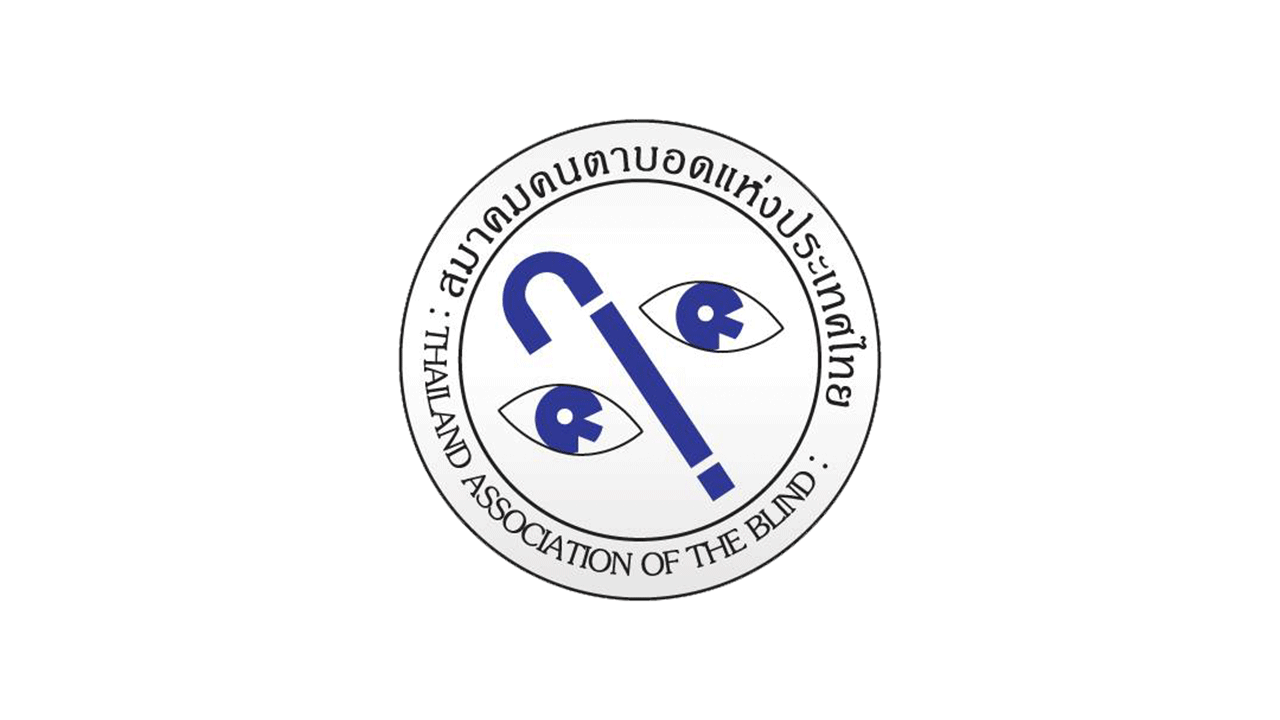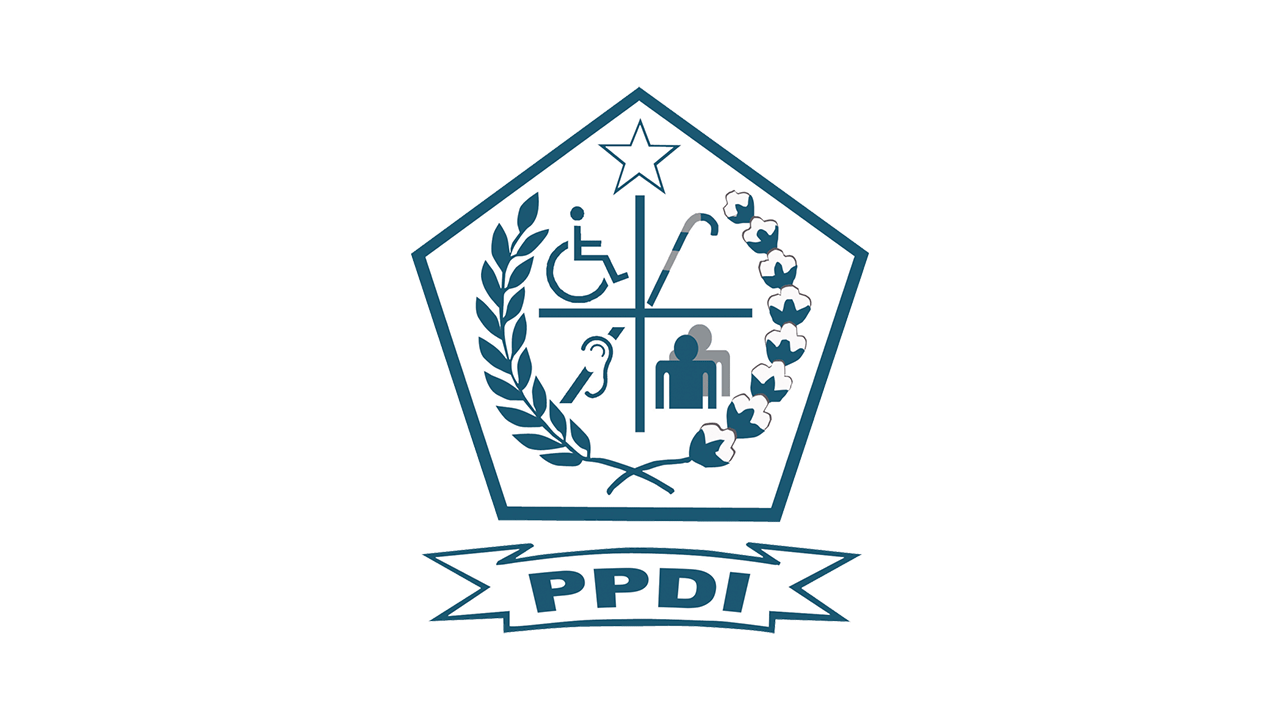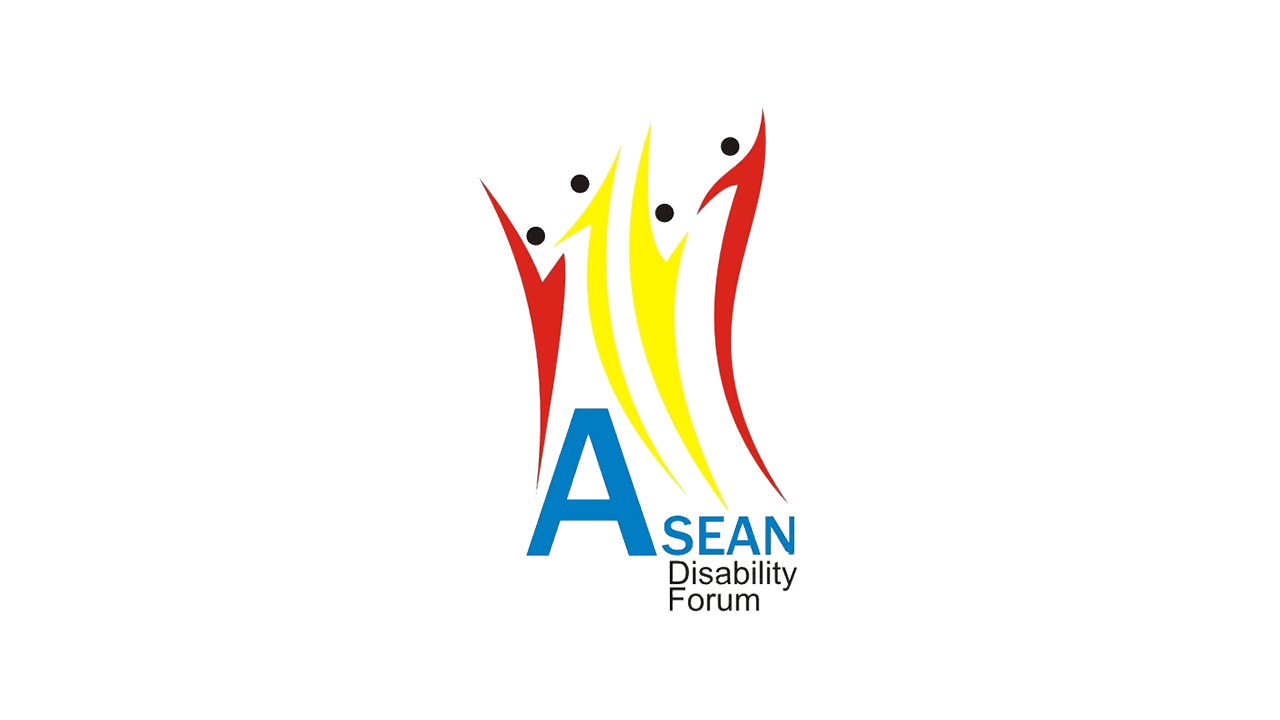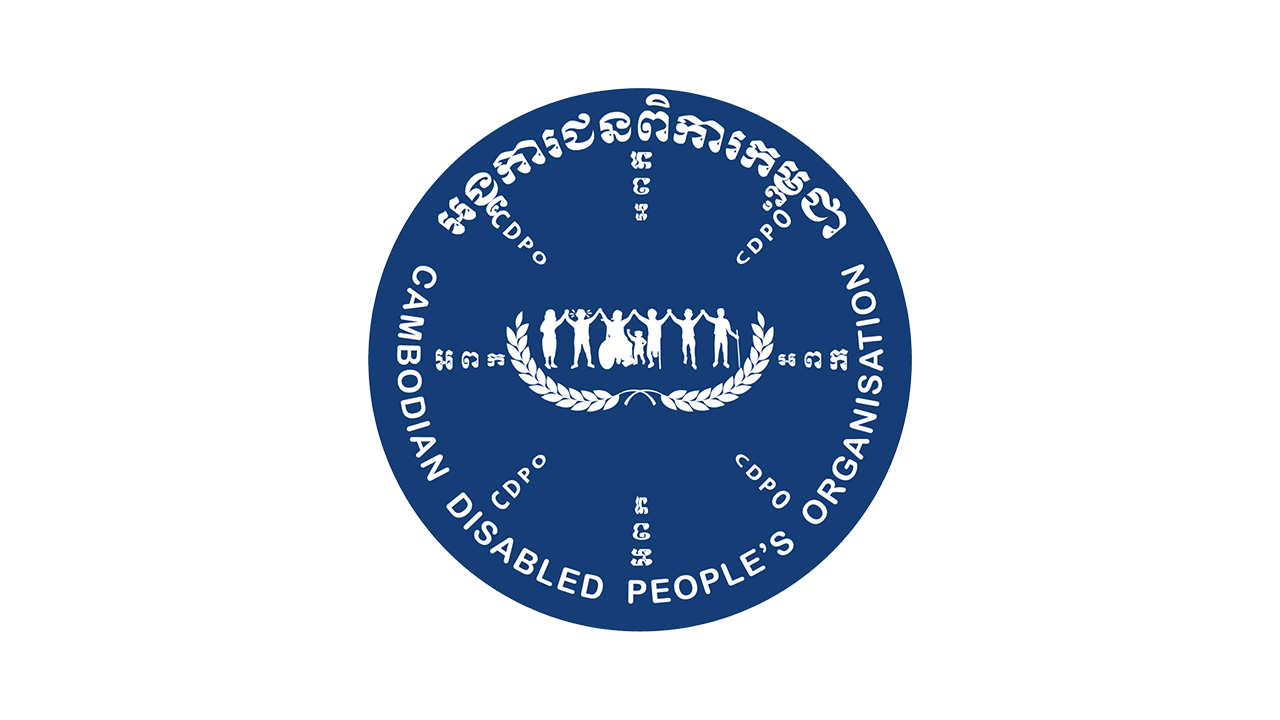World Health Organization (WHO) estimates that 15 percent of the world’s population are people with disabilities. In Southeast Asia that equals almost 90 million people. In most parts of the region, people with disabilities are unable to fully and effectively participate in all aspects of life on an equal basis with others due to the existing physical, social, and environmental barriers such as social stigma, inaccessible physical, social, and digital infrastructure, and discriminatory legal frameworks. As a consequence, the vast majority of people with disabilities in the region are considered to belong to the poorest of the poor.
The Association of the Southeast Asia Nations (ASEAN), a regional grouping comprising of 10 Member States namely Brunei Darussalam, Cambodia, Indonesia, Laos, Malaysia, Myanmar, Philippines, Singapore, Thailand, and Vietnam, has taken numerous initiatives to promote disability inclusion in the region. In 2011, ASEAN adopted the Bali Declaration on the Enhancement of the Role and Participation of the Persons with Disabilities in the ASEAN Community which also proclaim the ASEAN Decade of Persons with Disabilities 2011 – 2020. The ASEAN Vision 2025 marks ASEAN’s commitment to creating an inclusive community that promotes a high quality of life and equal access to opportunity for all, including persons with disabilities. The ten ASEAN member states have also ratified the UN Convention on the Rights of Persons with Disabilities (CRPD). During the 33rd ASEAN Summit held in Singapore in 2018, all ASEAN leaders adopted the ASEAN Enabling Masterplan 2025: Mainstreaming the Rights of Persons with Disabilities. The Enabling Masterplan builds on the region’s commitment to creating a barrier-free and disability-inclusive community. It complements and translates principles from global human rights documents such as the CRPD and Sustainable Development Goals (SDG) into actions aligned with the ASEAN Community Development Blueprint 2025.
It is difficult to determine the exact number of persons with disabilities in Southeast Asia as methodologies and definitions vary in each country. For example, each country has a different definition of disability. In some countries, only people with physical and sensory disabilities are counted, while in other countries persons with intellectual or psychosocial disabilities are included in the total number of persons with disabilities. Also, data collection methods vary from country to country. Some countries ask a question about disability on their censuses, some conduct representative surveys, and others do not collect any data on disability. Below is the disability data source from each member state:
| Brunei Darussalam | – |
| Cambodia | – |
| Indonesia | Social Welfare Indicator, 2020 |
| Laos | the 4th Population and Housing Census (PHC) 2015 |
| Malaysia | – |
| Myanmar | – |
| Philippines | Census on Persons with Disabilities, 2010 |
| Singapore | – |
| Thailand | https://ecard.dep.go.th/ |
| Vietnam | Vietnam National Survey on People with Disabilities, 2016 |




